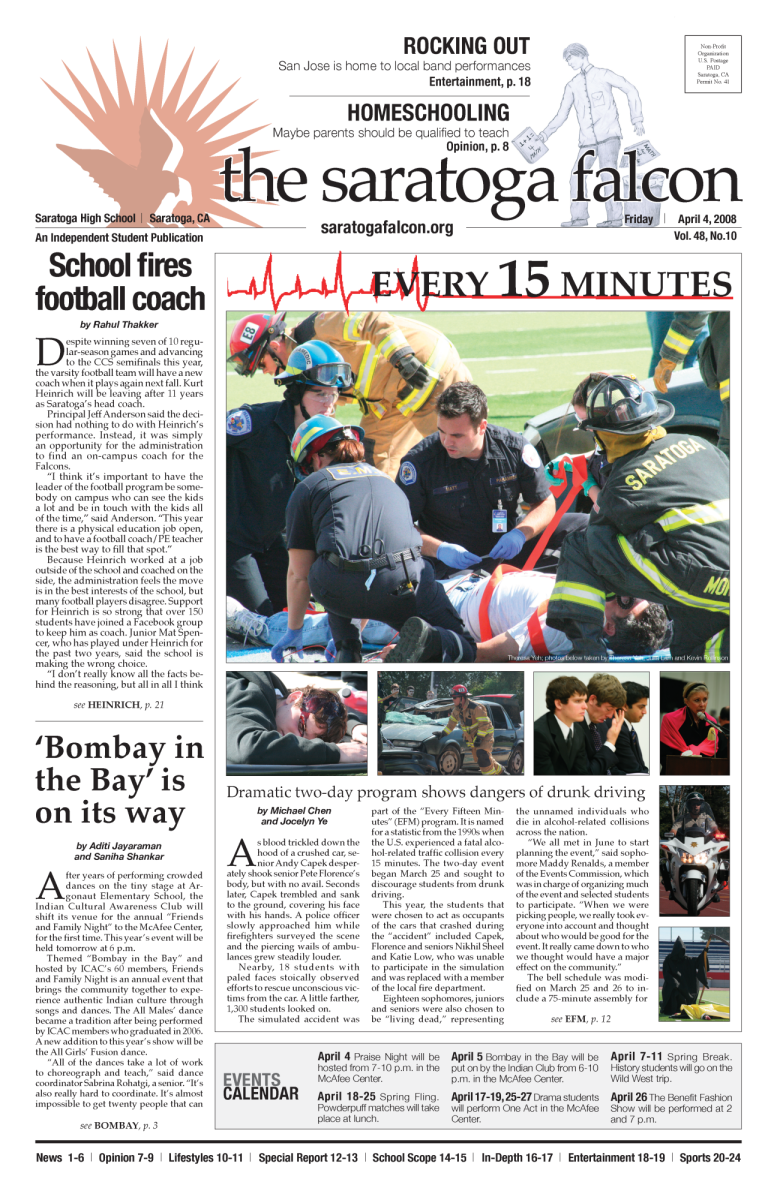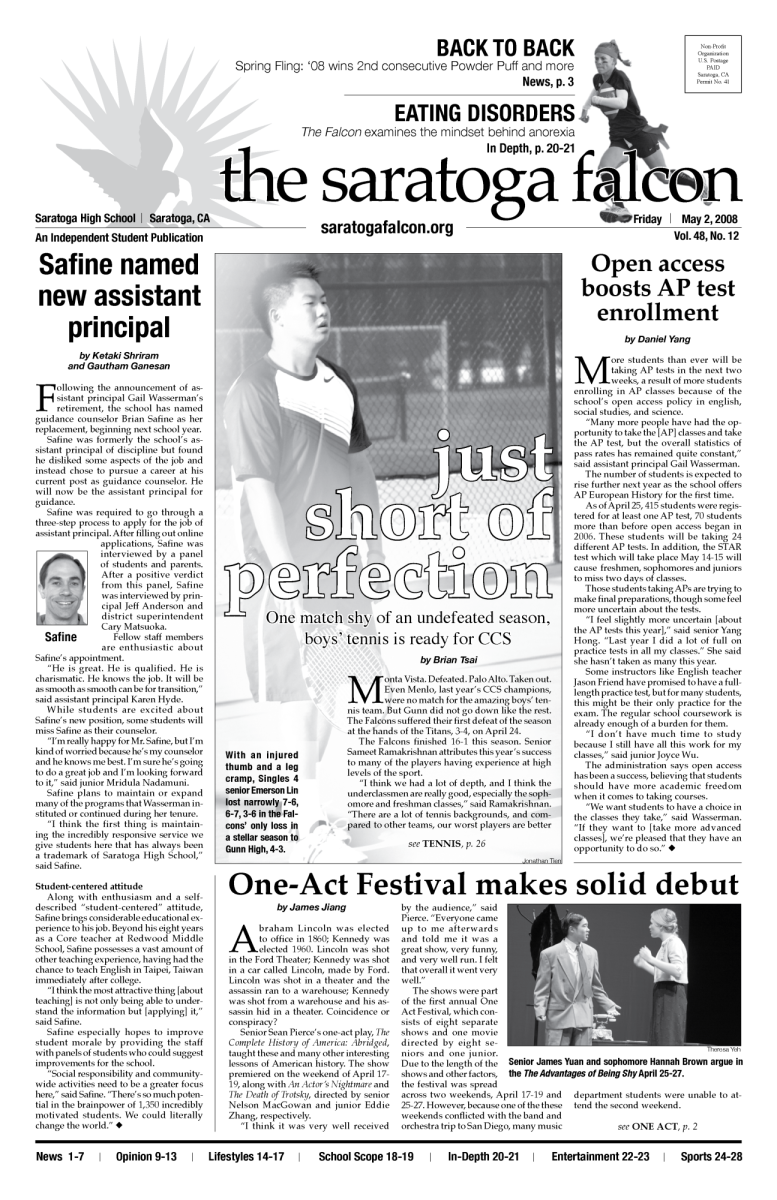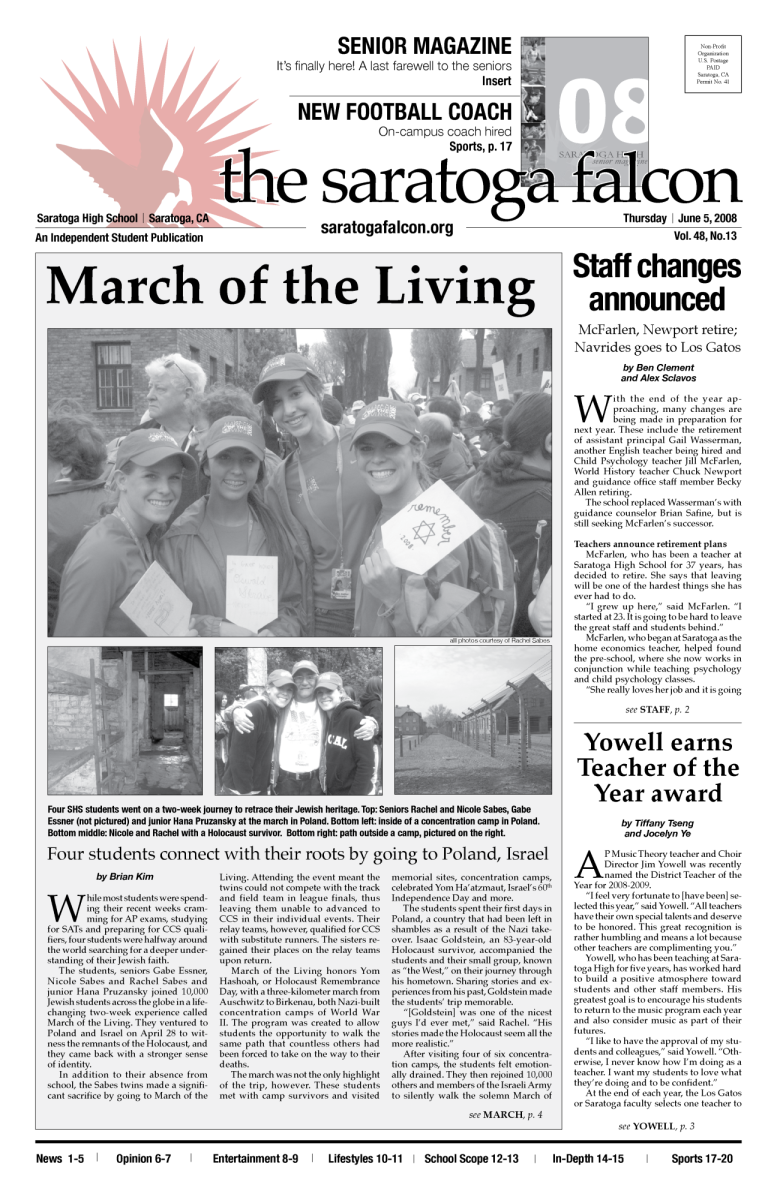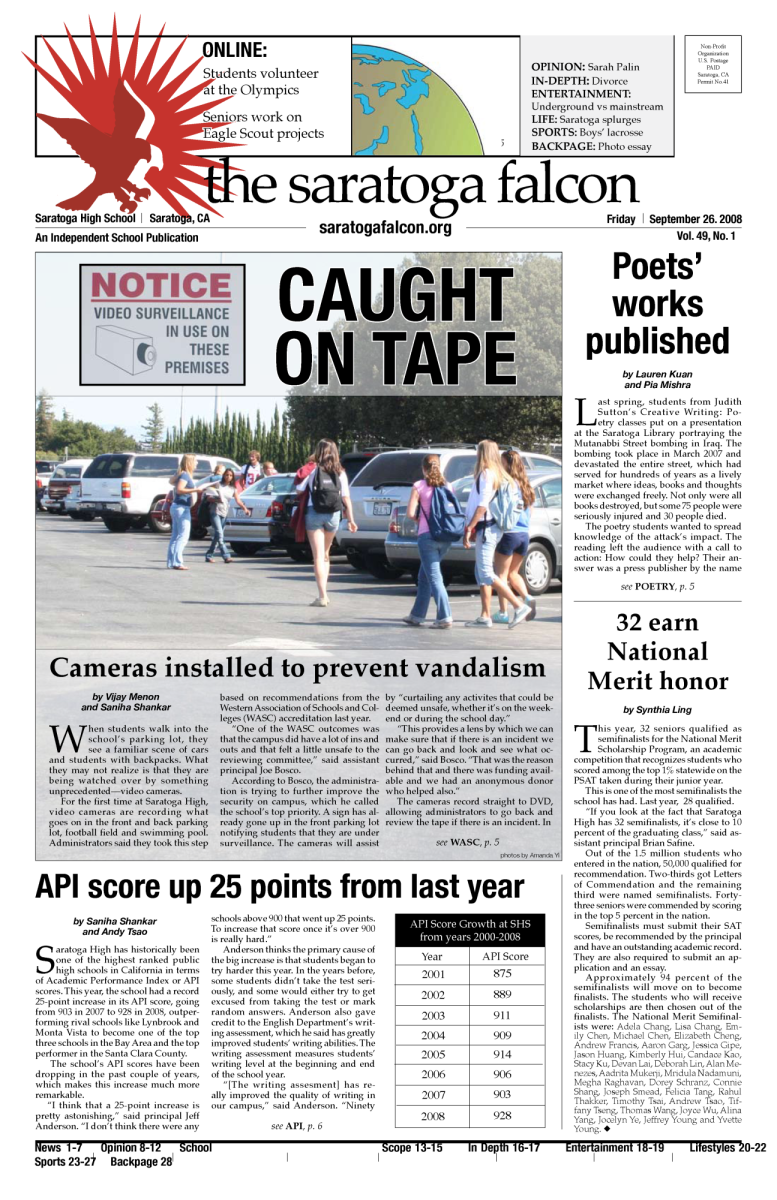As sophomore Ishana Narayanan’s friends and family gathered around the dining table during Thanksgiving time last year, Narayanan couldn’t help but stare in awe at the enticing Thanksgiving spread.
Alongside the traditional corn and green bean casserole appetizers, an assortment of Indian dishes like paneer, naan, chapatis, sambar, idli and chana masala line the table. In the center was the “star of the show” — the tofurkey: a imitation turkey made of tofu to accommodate the many vegetarian guests.
The meal is also a perfect metaphor for her mixed family, an Indian immigrant father and a Caucasian mother from the midwest.
For many holidays, Narayanan’s family incorporates both cultures in celebration with foods and traditions from both her Indian and American sides.
“I may be half-white but I'm still Indian; the whiteness does not wash out my identity,” Narayanan said. “I feel like a common misconception [is that] a lot of people who come to America are whitewashed, but doing things that have to do with your culture is [the opposite].”
When Narayanan’s father, Seetharaman, moved from South India to Carbondale, Ill. in 1985 to attend graduate school, he never would have predicted that he would fall in love with a woman from a small town in southern Illinois. Nonetheless, when he moved to attend Southern Illinois University, he met Narayanan’s mother, Annette Sherman.
At first, the family of Narayanan’s father was skeptical about this mixed-race relationship and favored marrying inside their own race and culture.
“I feel like the reason they were against the marriage at the beginning was because for the longest time, it's always been Indians with Indians; they grew up with arranged marriages,” Narayanan said. “When you defy that culture, it [brings] change, and as you can see through history, change is not necessarily something everyone's comfortable with.”
When Narayanan’s father “put his foot down” and told his family that he was going to marry Annette, his family eventually accepted their relationship.
On the other hand, Narayanan’s mother did not face any discrimination for marrying an Indian man, and according to Narayanan, her family was very accepting of the relationship.
Still, to this day, the Narayanans face additional obstacles in trying to incorporate two different cultures into their lives.
During her family’s annual summer trips to India, Narayanan often finds herself sticking out in the crowd. With her light skin and brown hair, she can pass for a North Indian visitor, but since Tamil Nadu is in the South, and South Indians are usually darker skinned, passersby often gape at her unique appearance.
“In India, you're sheltered [because] there's not that many white people who come in the country,” Narayanan said. “When I come in to visit or walk in the streets, people stare at me. I definitely do not look like I'm from the region.”
However, her appearance is not the only difference: Narayanan can roughly comprehend but is unable to speak Tamil, the main dialect in the region.
“I feel like language is not really a big barrier; it’s definitely a difference but not a barrier,” Narayanan said.
Even so, Narayanan’s father tries to make her practice Tamil at home. But it’s often difficult for Narayanan to practice Tamil because her mother and friends don’t know the language.
Narayanan does her best to include both cultures into her daily life. Not only has she been baptized, completed her first Communion and celebrated Christmas every year, but she also participates in Bollywood and Indian classical dance.
“I find it hard to be completely white or completely Indian, so I try to find a balance somewhere in the middle,” Narayanan said. “I don't consider myself more Catholic or more Hindu in any regard.”
By immersing herself in both cultures Narayanan has learned how to connect with people from different backgrounds. For instance, even though racial and ethnic divides at SHS are evident, Narayanan said they do not affect her, as she is able to connect easily to both Indian and American cultures.
Narayanan also sees the differing cultures in her own home. Raised by parents of different races, she experienced both American and Indian parenting in her childhood. While her Caucasian mother is very empathetic, she describes her Indian father’s approach as being tough love, portraying the stereotypical Asian mentality of “push push push go go go.”
“I feel like having both of those viewpoints helps me understand where both races are coming from, and why Saratoga is actually like how it is — a blend of many cultures,” Narayanan said. “The way parents were brought up in their native countries shapes the social group distinctions here in America.”




























